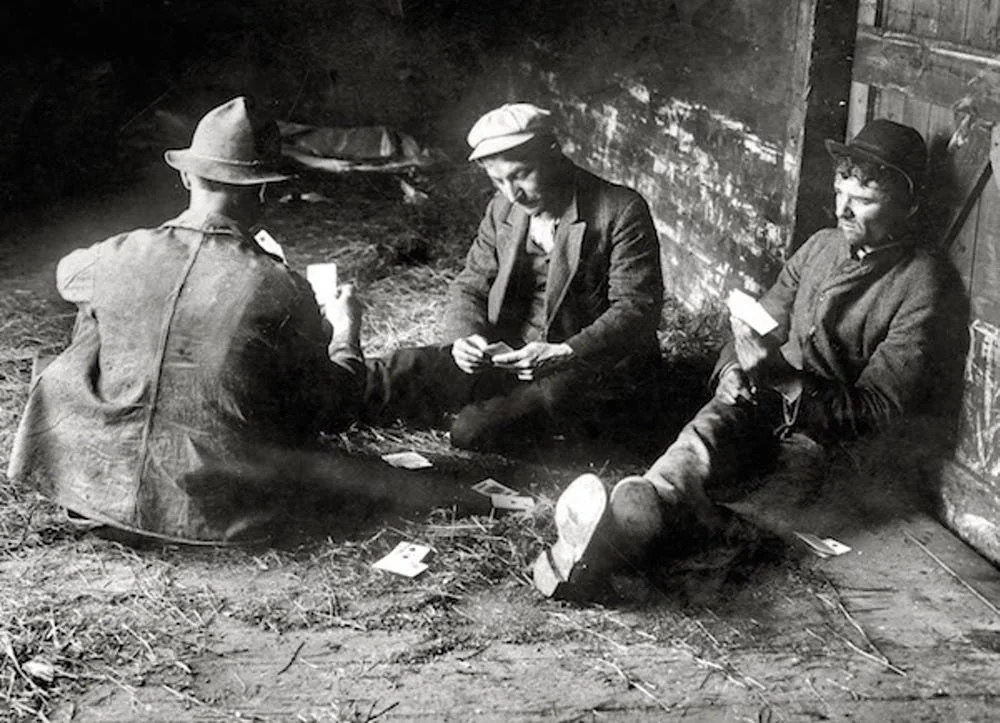The Town Farm of the Town of Farms
When we were trying to decide where to buy our current home, my wife and I wanted to live in a community with a strong connection to the land. Living in a place that valued farming was natural both from a familial and personal experience. When my father was growing up, he and his family spent part of their summers working on his great aunt’s farm in upstate New York. The stories that he told me were instrumental in my decision to volunteer on a farm when I went to college in the next county over.
The program that facilitated my work on the farm connected college students that wanted to volunteer to help the community with farmers who had become disabled. In this case, a farmer had multiple sclerosis and was confined to a wheelchair and her husband needed help running their farm. The work I did gave me a deep appreciation for the hard work that goes into maintaining a successful farming operation, the importance of small family farms to our communities and economy and made me feel a deeper connection to my family’s past.
This experience stayed with me and when we moved to “A Town of Farms” I wanted to learn more about the history of agriculture in town. When doing this research, I learned of a time when everyone owned a farm in town in a way. This is the story of the town farm of the town of farms.
The old town farm house on Halladay Ave (Credit Suffield Assessors)
So what was a town farm? A town farm was a farm owned by the town of Suffield for the purpose of the wardship of less fortunate residents. The farm was a place where people who were homeless or were unable to take care of themselves were able to live and work according to their abilities. In a communal setting, these people were cared for by the community while also contributing to their own livelihoods.
So, how did this system come to be? Well to understand that, we need to talk about the history of care for the unfortunate between the colonial period and the late 19th century. Before the advent of the Industrial Revolution, care for paupers as they were called, was done via auction to the lowest bidder. Children were made to be indentured servants of more well-to-do families. Older residents that were unable to take care of themselves were able to live in private homes with the town subsidizing their care. This worked well for a pre-industrial society where leaving your town of birth was a less common occurrence.
A certificate of indenture of Peter Pease of Longmeadow similar to what was used in Suffield (Credit Longmeadow Historical Society)
With the beginnings of the industrial age, these welfare measures began to prove insufficient since the poor were more likely to move from town to town looking for work. The combination of the decline in the importance of subsistence farming and the boom-bust nature of the industrial economy led to an increase in the need of people who required assistance. The welfare system adapted to these changes by instituting the town farm system.
Suffield first broached the idea of opening a town farm in 1815 when residents voted at a town meeting to purchase a house and land for that purpose. However, this vote was rescinded 13 years later after it was determined that exporting Suffield’s poor to the Granby town farm was a better solution. For the next 60 years, Suffield alternated between sending their poor to Granby and auctioning off their care in town.
“Tramps” playing cards. Men like these were frequently residents at town farms (Credit Library of Congress)
Finally, in 1887, the town voted to purchase the Fuller Farm located today at 463 Halladay Ave to serve as the town farm. While Suffield was late to experience the full effect of the Industrial Revolution, the town finally had enough inhabitants in need of assistance that a communal farm made sense.
The Fuller Farm as shown on an 1855 map of Suffield (Credit The Suffield Observer)
The town farm continued to serve the residents of Suffield who were unable to take care of themselves for the next 70 years. The farm was funded by the taxpayers of Suffield and overseen by the Connecticut State Board of Charities (CSBC). The CSBC did routine inspections to ensure the people living at the town farm were being treated properly. These records are currently held at the Connecticut State Library. In these records, there is a steep drop off in the number of town farm inspections starting in the 1930s that coincides with major changes in the delivery of assistance in the country.
The New Deal marked a turning point for welfare delivery in the United States that ultimately led to the closure of the town farm. Through an “Alphabet Soup” of programs, the federal government tackled the problems caused by the Great Depression and largely replaced the need for state level assistance. By the 1950s, the number of town farm inhabitants had dwindled to 3. Since other means of care were available to these individuals, the town voted to finally sell the town farm and in 1952 it returned to being private residence after it was sold at auction. The sale marked the end of nearly 3 centuries of the town taking primary responsibility for arranging the care for those that were unable to care for themselves.
A poster from a play in Harford sponsored by the Federal Theater Project, a so-called “Alphabet Soup” program. (Credit Library of Congress)
The town farm was a unique institution that attempted to care for people in a communal setting. It gave able-bodied people a chance to earn their keep and even share in the profits of any excess crops. For those that were unable to contribute directly to the farming, they took on other tasks like laundry, cooking and cleaning that helped the house run smoothly. Even if someone could not work, the farm gave them a community to help them hopefully get back on their feet or at the very least make their lives more bearable. While the town farm is gone, we can all learn the lessons on what made it a successful institution. If you have someone in your life that is struggling, a hot meal and lending an ear is sometimes all that’s needed to remind them that they are loved and not alone.
In that spirit, I wish you a very Happy Thanksgiving.
Bibliography
Alcorn, Robert Hayden. The biography of a town: Suffield, Connecticut, 1670-1970. Hartford, CT: 300th Anniversary Committee of the Town of Suffield, 1970.
Allen, Mike, host. “When Connecticut Residents Were Sent to the Poor House” Amazing Tales About History. October 26, 2023.
Sterner, Daniel. “John Fuller House (1824) - Historic Buildings of Connecticut.” Historic Buildings of Connecticut - Exploring the Nutmeg State One Building at a Time, August 24, 2013. https://historicbuildingsct.com/john-fuller-house-1824/#:~:text=The%20house%20at%20463%20Halliday,ownership%20at%20auction%20in%201952.






